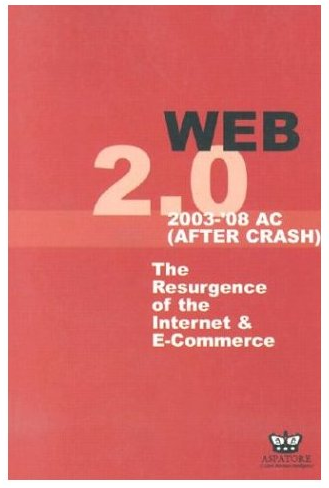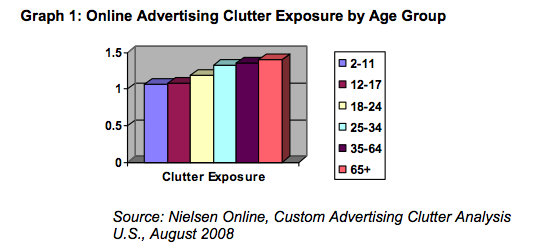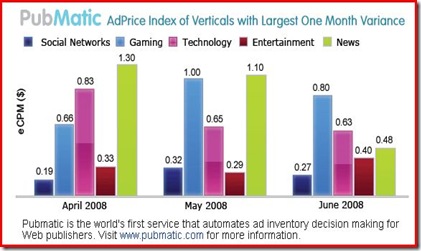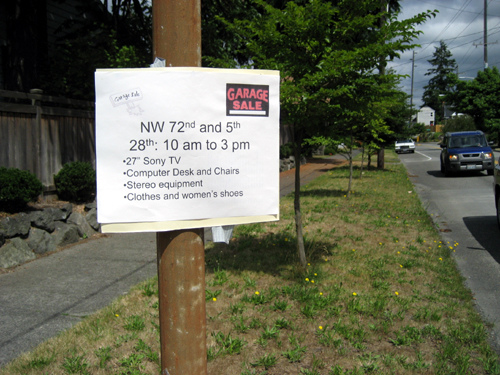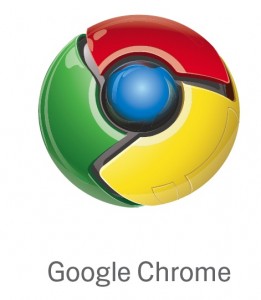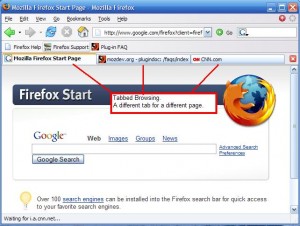Facebook is changing as it seeks to find a sustainable revenue model. Over the last year it seems clear that Facebook is trying to make itself more relevant and attractive to brands before the sun sets on the buzz parade.
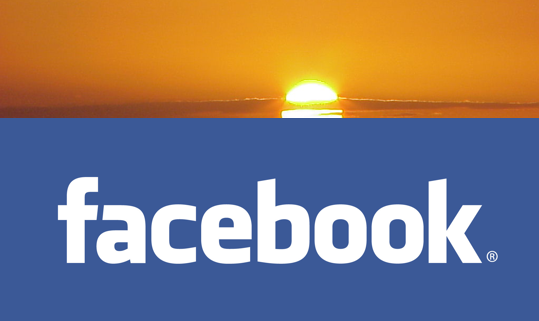
Facebook Embraces Search
Most recently Facebook added fan links to public pages, creating a tremendous density of internal links to brand and product pages. The likely goal of this change is to boost the visibility of brand pages in search results. The attention to SEO and search is an interesting change for the proponents of the walled garden.
If it works, Facebook pages could take up valuable shelf space on search engine results pages (SERPs). Brands and marketers would be wise to take advantage and spend a bit more time on a Facebook strategy aimed at acquiring fans.
And lets remember that Facebook recently integrated Microsoft Live Search into their standard search interface. If Facebook continues to integrate and highlight search, it could provide a substantial revenue stream as well as help Microsoft capture more of the search market.
Facebook Disses Apps
The major redesign implemented this year pushed a substantial number of applications out of the limelight. The redesign aimed to leverage life streaming and encourage user interaction not application interaction.
The good folks at allfacebook conducted a study that shows the impact the Facebook redesign had on applications. The more popular applications were essentially unchanged but there was a 13% to 15% drop in active users when you look beyond the top 50.

Social Advertising In Trouble
The rush to search and away from applications can be seen in the context of an anemic advertising environment. Social media advertising is quickly getting a bad reputation. Ted McConnell, general manager-interactive marketing and innovation at Procter & Gamble Co. had this to say at a November 15 forum on digital media.
What in heaven’s name made you think you could monetize the real estate in which somebody is breaking up with their girlfriend?
and …
I really don’t want to buy any more banner ads on Facebook.
The numbers don’t look good either. CPM rates on social networks are some of, if not the, lowest around. And the effectiveness, from a click measurement perspective, of these ads aren’t good. Allen Stern is conducting a Facebook ad test for his new start-up, CloudContacts. Recent tweets on performance look dismal and campaign results should be made public this week.
In the interim there are other benchmarks to review. Once again, allfacebook has done an interesting comparison of Facebook ads versus Google AdWords. The end result was a cost per lead of $0.72 using Google and $1.83 using Facebook.
Now, the comparison isn’t exactly fair since you’re matching passive (though well targeted) search versus active search. Clearly active search is far more valuable … which leads us back to Facebook’s recent focus on search. Brands understand search. They can easily measure search. Brands will spend on search.
Facebook has a huge audience but is running out of time and chances to translate that into dollars and advertising confidence.
